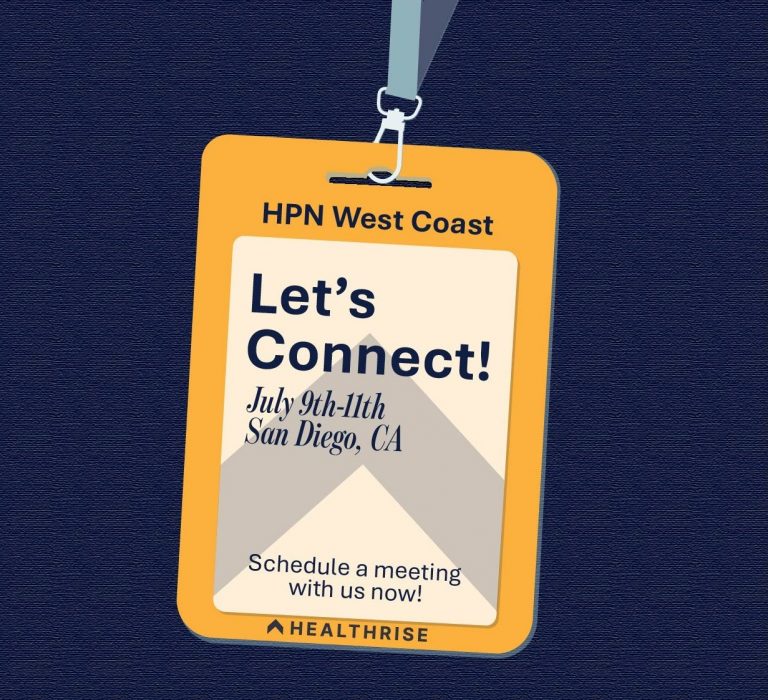

By: Joe Mack, Director of Revenue Cycle
Patient experience is at the heart of what differentiates a great hospital system from a good one. Nothing hurts that experience more than surprising patients with unexpected (and un-budgeted) expenses during or after their point of service. In this article, we will give you the reasons why it always makes sense to ask for payment upfront – even if that seems counter-intuitive.
I have worked with many organizations that have struggled to collect upfront payments from patients. There have been a myriad of reasons as to why, but some of my favorites are “we don’t want to upset our patients” and “we’ll get it later.”
Unfortunately, neither one of those excuses help the greater good. By not collecting upfront, you are all but assured to not be able to capture some of the revenue later. Not only does that hurt your system, but it means that premiums will go up across the board for all payors – even the good ones – which creates an all-too-often overlooked downstream effect.
We all know that effective and efficient collection is critical to a healthy revenue cycle. Copays tend to be small amounts and are, in general, easy to collect. Coinsurance premiums and deductibles, on the other hand, can be large amounts that, in many cases, are surprises to patients at the point of service. Given the fact that patient responsibilities have been increasing nearly 10% each year for the last decade, assuming that you can collect patient residuals on the back-end is becoming increasingly unrealistic.
Even if every patient does submit payment in full after their first or second statement, you have still aged your A/R and spent time and money printing and sending bills to your patients. Also, let’s not forget contingency fees, collection efforts, write-offs, and various other costs that cut your margin when payments are delivered in batches over time.
While it is true that many patients can’t cover residuals upfront, the cost is too high on the back-end to not ask for something at POS. At the very least, you will provide the patient with the amount they are responsible for, thereby meeting the requirements of the No Surprises Act.
Patients want to know what they are going to be on the hook for so sharing that information and asking for something in return is not going to hurt the patient financial experience if done correctly. And just to clarify, there is a HUGE difference between being ‘asked to pay’ and being ‘forced to pay.’ As providers committed to delivering the best patient experience, we must always do what we can to avoid delaying or deferring care.
Make sure you explain what each line item on the estimate is coming from. Try and be as thorough as possible like this: “I just ran your benefits with your insurance and based on this estimate you can expect to be responsible for $ broken down across your deductible coinsurance and copayment.”
If there is any hesitation afterwards, follow up with “this is to inform you of what you will owe based on your plan – I’m happy to collect this now while you are here so you don’t need to worry about sending in a check, etc.”
Maybe that first time they don’t bite, but next time they might because they have now seen an EOB and can correlate it with that first ask. If nothing else, you are helping them understand the cost of their care and providing them piece of mind that is associated with a positive patient experience.
What matters most is that we are consistently asking for payment, encouraging our patients to pay what they can, and budget for what they can’t. Here’s a standard 3-strike approach that our hospital system partners have implemented with great success. Just ask the following questions in this order to every patient:
3-Strike Approach
- How would you like to pay today?
- Can you pay half?
- What can you pay?
If you strike out, move on and don’t make it awkward. The key is to be confident, follow a solid script (you can start with the questions above :), and be genuine. Aggressive collection attempts break this whole approach, as patients feel like they are now being ‘forced to pay,’ or even worse, they feel like they are being judged for not being able to pay.
If they express an inability to pay you can trigger any relevant financial assistance workflows earlier in the process instead of waiting, which can help alleviate some stress the patient might experience by receiving a bill they will struggle to pay in their mailbox.
Consistently asking for payment helps make this a standard experience for your patients and they will become more comfortable with it over time. It also helps you adopt a best practice that is going to make a difference for your hospital. You are not guaranteed to succeed, but you are giving your system the best chance to collect as much as possible in the long-run. So don’t worry about how uncomfortable it may be to ask people for money. Know that what you’re doing is going to help the patient both now and in the future.
Ready to learn more? Connect with the experts at Healthrise.



